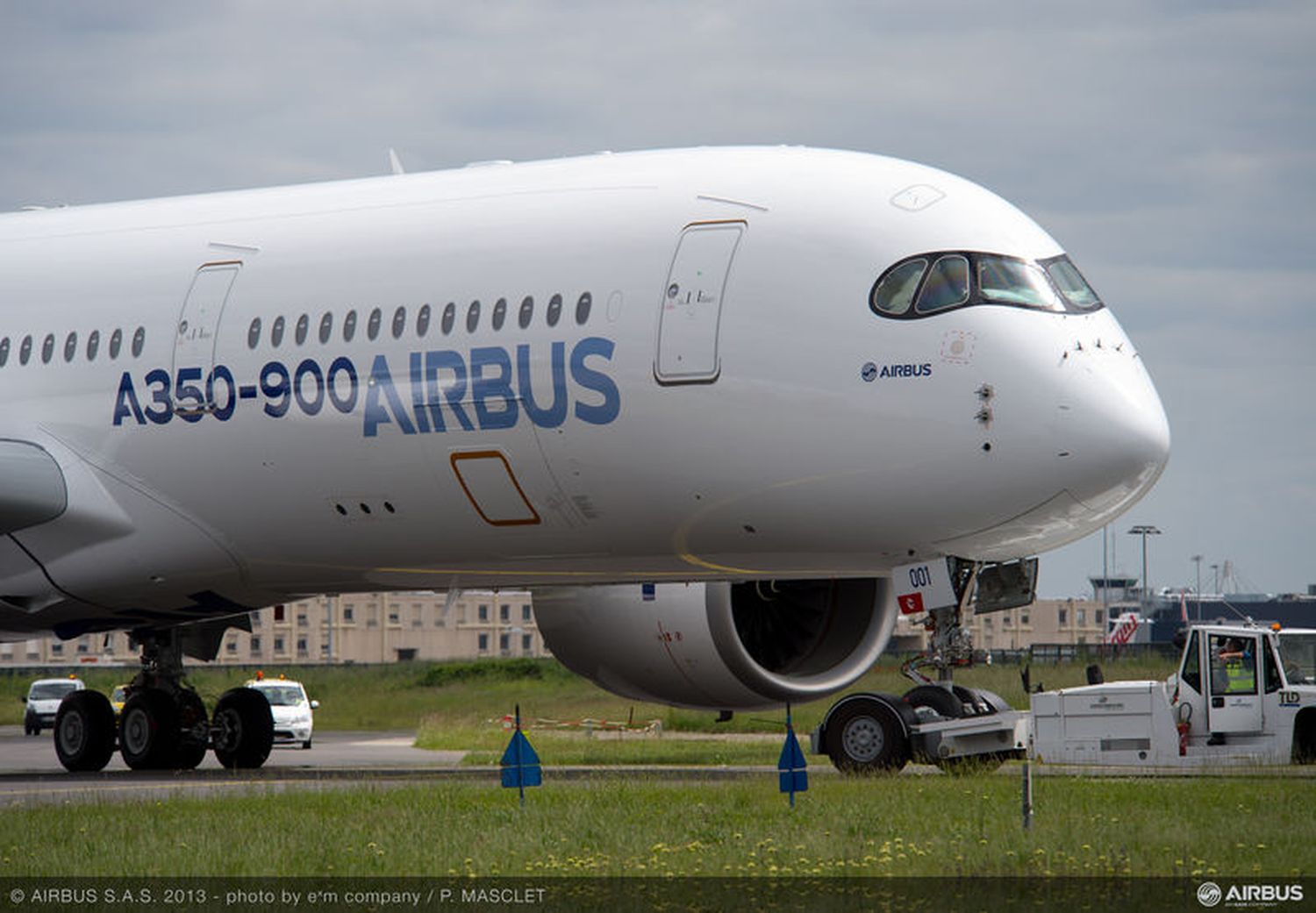Airbus UpNext began to ground and flight test its DragonFly project using an A350-1000. The tests are aimed at assessing the feasibility and relevance of autonomous flight systems to make operations safer and more efficient.
The suite of technological assists is known as DragonFly and includes different subsystems. It’s capable of performing automatic emergency diversions during the cruise phase, automatic landing, and assisting during taxiing, for example, in low visibility conditions.
Related content: Airbus continues development of the next version of EGNOS
«These tests, carried on one of our Airbus A350, is one of a series of steps in the research of technologies to improve and make operations even safer,» said Isabelle Lacaze, head of the DragonFly demonstrator. «We took our inspiration from nature: the systems being tested are designed to identify certain features of the terrain. That way, they can safely maneuver autonomously, just as dragonflies have the ability to recognize landmarks.»
During the flight test campaign, the implemented technologies were able to successfully manage a simulated case of pilot incapacitation. Taking into account external factors such as flight zones, terrain, and weather conditions, the aircraft was able to automatically generate a new flight path and communicate with both air traffic control and the airline’s operations control center.
Airbus has also explored taxi assist functions, which were tested in real-time conditions at Toulouse-Blagnac airport. The technology provides the crew with audible obstacle alerts, speed control, and guidance to the runway using a specific airport map. These features could prove vital in low-visibility ground operations, aiding in situational awareness and avoiding the need to use a follow-me vehicle.


Comentarios
Para comentar, debés estar registrado
Por favor, iniciá sesión